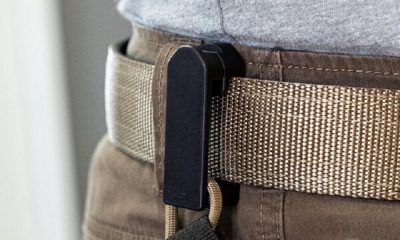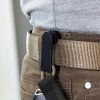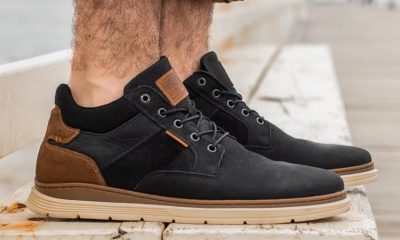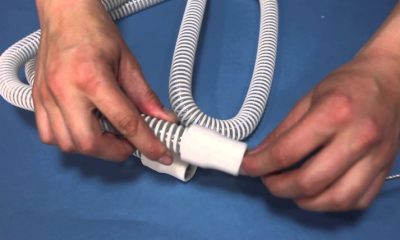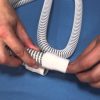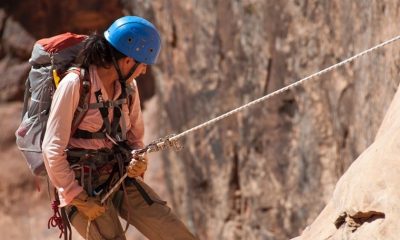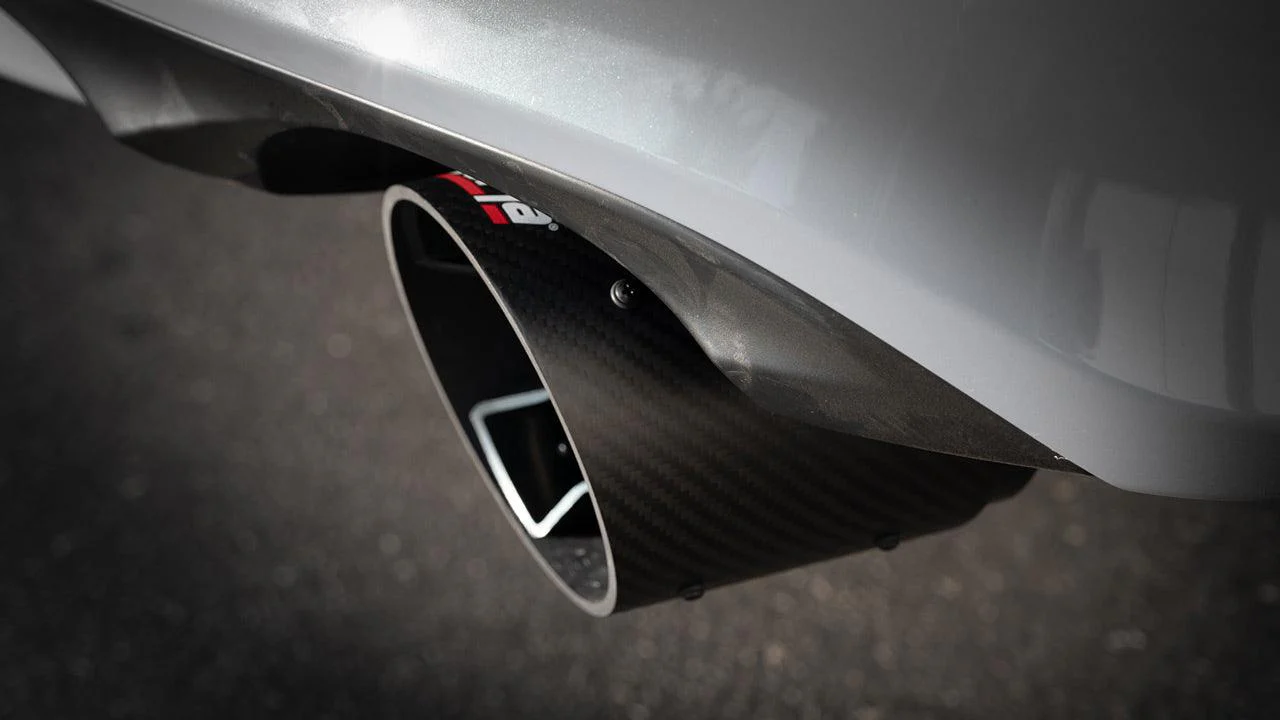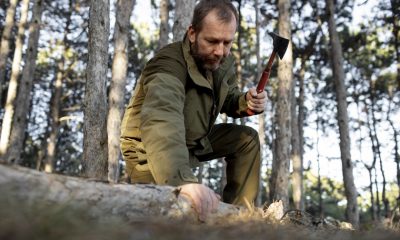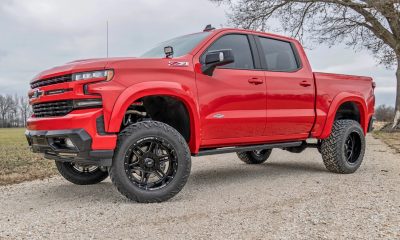Health & Beauty
Horse Care: The Benefits of Hoof Rasping
Keeping a horse healthy, comfortable and happy requires things like the adequate tools, supplies, as well as providing it with the TLC to feel it’s loved and taken care of. One of these things is leaving a horse barefoot, instead of resorting to the age-old practice of adding metal horseshoes.
In the recent times, many owners have started noting the benefits of letting the horses be barefoot, from improved comfort and mobility, enhanced balance and traction, to a reduction in the lameness and hoof problems. To ensure the horse benefits from all this, however, one has to resort to regular rasping as a complementary care activity to the professional trimming. And for that, you’re going to need a top-notch rasp for horses that guarantees exceptional cutting performance and results.
What is a Rasp Used for?
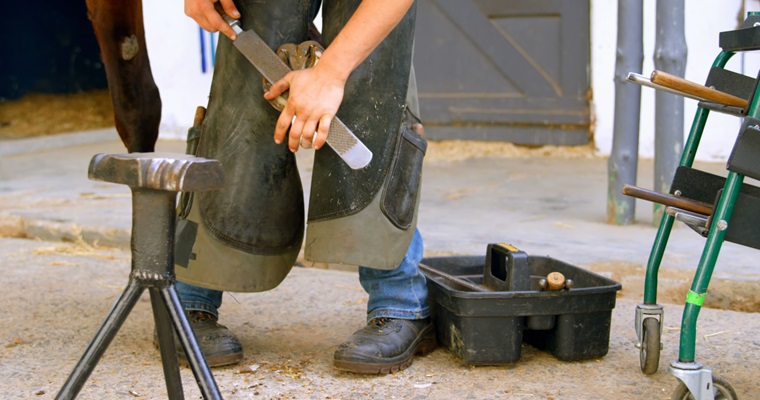
Also known as a farrier’s rasp, it’s a file with different textures on both sides, the coarse one (a rasp side) and the finish one (a file side), to better shape and trim the horse’s hooves. Each of these sides has a unique pattern which can be of help when doing the rasping properly, quickly, and with ease. The rasp side has a row of teeth that differs from the one next to it, with both straight and diagonal rows, whereas the file side has differing sides too to provide you with cutting edge.
The key to making the most of this tool is to use it left to right across the hooves. If you want to get more efficiency, look for a rasp for horses that’s 10% wider and thinner in the coarse side for more balance. A concentrated pattern on the rasp side is great for clog prevention. What’s more, investing in a quality tool of this kind ensures you long durability, even though you still have to do your part in maintenance, like do a little brushing of the rasp after each use with a light wire brush.
What Are the Benefits of Using a Rasp?
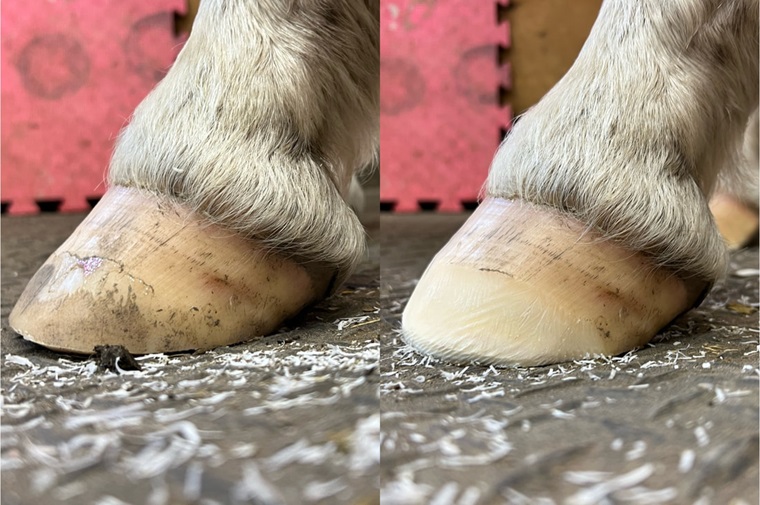
Basically, if you want to ensure the horse gets the adequate care and love, you can’t omit rasping from your tasks. In broad terms, it’s essential for preventing injuries, as well as providing a healthy hoof movement. In detail, using a horse rasp is beneficial for:
Maintenance
Yes, rasping plays a huge part in maintenance because basically hooves are like our nails – they need regular trimming to prevent overgrowth. When left uncontrolled, this growth can cause serious problems for the horse, including leading to poor walking, disruption of the gait, joint and ligament stress, and eventually injury. Learning how to do proper rasping is needed to keep the hooves neat so the horse can walk well and in utmost comfort.
Additionally, it’s the key to avoiding serious problems like infections and abscesses caused by hoof irregularities in the example of cracks, chips, and uneven edges. By doing timely maintenance, you avoid costly treatments too. Not to mention, it’s something that can significantly reduce your expenses in general as there’d be more time in between professional farrier visits to do the hoof care like trimming. Simply said, by doing your part in horse care with the rasping, you reduce the frequency of the professional trimming.
Balance
While it may not seem like that big of a deal, doing the rasping yourself can ensure the horse has comfort whenever moving. When a horse has trouble with the comfort, it’s easy to develop an imbalanced gait, which can poorly impact the tendons and joints of the legs. Improper hoof alignment, or rather improper ground contact from irregular hooves, can also cause serious issues with the horse’s balance. As a result from all of this, fatigue would be another side-effect – an issue that’s especially bad for performance horses.
Prevention
The weather conditions, as well as the terrain, can impact a horse’s hooves for the worse. In particular, wet and muddy conditions, as much as dry ground and rocky and hard trails can take their toll on the hooves, making them more susceptible to wear and tear, and cracking. Little by little, this cracking can result in more threatening conditions and injuries. Using horse rasps can nip these issues in the bud, and prevent bigger issues by helping manage the effects of the environmental conditions.
Comfort
As mentioned, horses need to feel utmost comfort when walking – this is particularly true for older animals and those that experience arthritic and joint problems. The regular rasping provides them with the extra care they need with their hooves, as it keeps them level and thus reduces the joint strain. Staying comfortable is crucial so that older horses, and those with arthritic and joint issues, can stay mobile, which in turn would come in handy with keeping them healthy and happy. Rasping is equally necessary to ensure a comfortable and snug fit for the specialized therapeutic boots that are helpful for arthritic pains.
Writing for the blog since 2012, Chris simply loves the idea of providing people with useful info on business, technology, vehicles, industry, sports and travel – all subjects of his interest. Even though he sounds like quite the butch, he’d watch a chick flick occasionally if it makes the wife happy, and he’s a fan of skincare routines though you’d never have him admit that unless you compliment his impeccable skin complexion.

